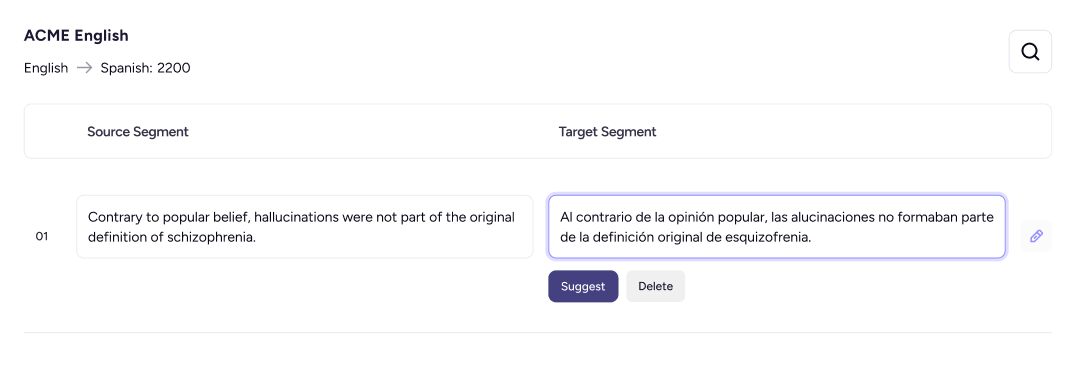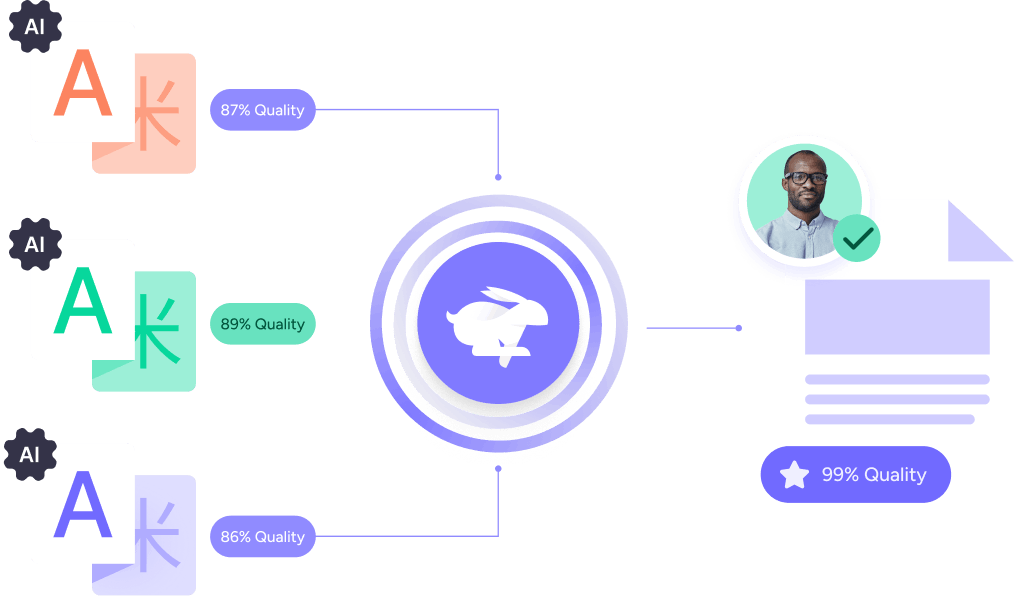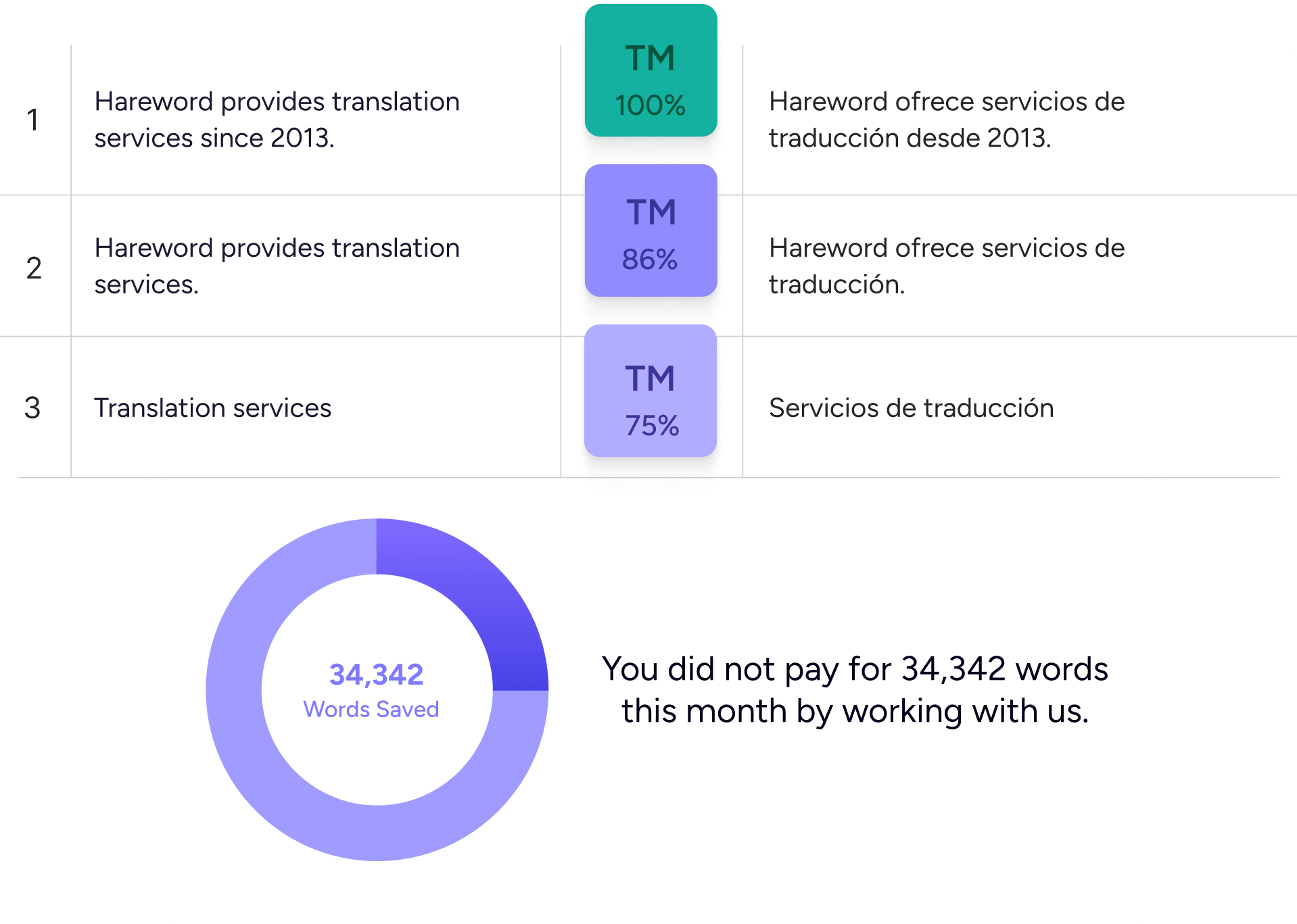Understanding the Role of Segments in Translation with 5 Questions

As translation technologies have started to be used more often by language service providers, it is of great importance for both translators and customers to know what technologies are useful and how.
In this article, we’ll explain segmentation used by CAT tools with examples and suggestions on getting the best out of this translation technology.
What is segmentation?
To understand segmentation in translation, one must first understand what a segment is. A segment is a semantically and syntactically complete unit of text that can be translated independently. A segment can be a sentence, a paragraph, or even a single word.
It is important to note that segments can be of different lengths. It means that a segment must be able to stand alone as a coherent unit of meaning. Below is a segment example:

How does segmentation work?
Segmentation is essential when CAT tools get involved in the translation process. CAT is short for computer-assisted translation, and such tools ease the translation process for human translators through several functions. A CAT tool can divide the text into segments for the translator and display the source segment and the translation segment side by side. It makes the translation process efficient for human translators, allowing them to edit, manage, and store translations.
Why are segments useful in the translation process?
To create an accurate translation, translators need to understand the context of the source text and translate it into the target language while preserving the original meaning. With the help of CAT tools and their segmentation systems, translation processes are handled more efficiently. Here is why segments are so useful:
- They allow translators to quickly identify and focus on key phrases and concepts in the source text and accurately translate them into the target language.
- They help translators catch the bullet points and essential parts of the translation, especially while using any translation tool.
- They ensure translators have access to all relevant information, and it reduces the chances of mistranslation.
- They allow for two other very essential translation technologies: Machine Translation (MT) and Translation Memory (TM).
How do MT and TM work with segmentation?
Let’s start with definitions. Machine translation is automated translation performed by an artificial intelligence, not a human. Translation memory is a database that stores source and target translation units for future use. The segmentation method supports these two remarkable technologies, allowing for easier and more efficient translation processes.
So, how do MT and TM work? In machine translation, AI learns and improves in time with more human post-edit input. It is convenient in many situations as it provides extremely fast translation output but still needs to improve the judgment of a human translator, leading to low-quality translations from time to time. Several commonly used MT engines, such as Google, Yandex, and DeepL, improved significantly over time and had successful results.
As machine translation is not carried out by a human, segmentation allows for translation engines to detect units of text and perform more accurate translation. MT becomes most fruitful when multiple AI outputs are assessed and the most accurate, convenient result is selected. The example below illustrates how Hareword, a language service provider, implements machine translation projects.

It uses an intelligent routing system that searches for and runs the best MT engine. After the best MT output is taken, a professional human translator checks and post-edits the output for a high-quality, consistent translation result.
As for the TM, the source and target segments are stored in the database as translation units. When the same or similar content is inserted in the translation tool, the previously translated segments are matched and there is no need to translate them again. This significantly reduces translation costs and turnaround times.
Below is an example of how Hareword uses translation memory technology and segmentation in translation projects.

In this scenario, segment number 2 and 3 match at a certain level with segment number 1, and the percentage of similarity determines how much the translation will cost. Without segmentation, translation memory technology would not be implemented so successfully.
What does all this information tell us?
Taking everything into consideration, the role of segments in translation is critical for the quality, affordability, and fast delivery of translations. Segments provide translators with the context they need to offer an accurate translation. The vital role of the translation tools, in this case, is undeniable.
Working with segments helps to reduce mistranslation and ensure that translations are faithful to the original text. When we evaluate all the benefits, segmentation is an inseparable part of the translation tools and processes to get qualified target texts. Hiring a language service provider, such as Hareword, for translation needs is the best way to benefit from this technology.
Related Contents
Weekly Newsletter
Get Guidance on Localization, Drive Top-line Revenue

